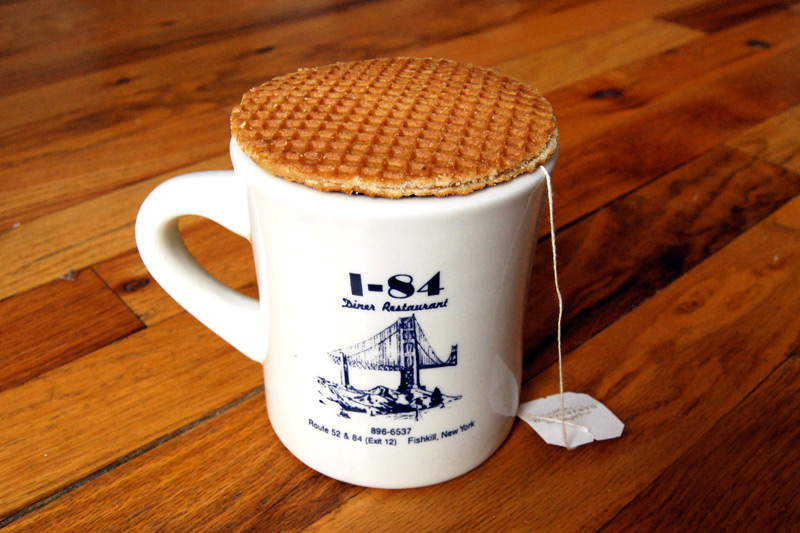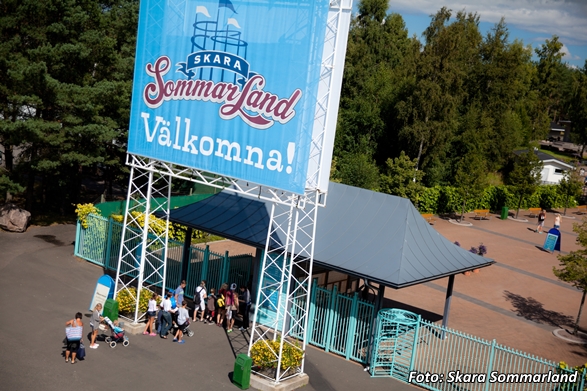The bunad movement has its root in 19th-century national romanticism, which included an interest for traditional folk costumes not only in Norway, but also in neighbouring countries such as Denmark and notably Germany. However, in Norway national romanticist ideas had a more lasting impact, as seen in the use of folk inspired costumes.
Source: http://creativeroots.org
The designs are typically elaborate, with embroidery, scarves, shawls and hand-made silver or gold jewelry known as sølje. There are bunads both for men and women, although women's bunads are more diverse and popular. However, according to daily manager Turid Liss Agersborg at Husfliden Oslo, they now produce and sell more men’s bunads than women’s for the first time in history. The male customers are often characterized as urban and modern, and range between the ages of 20 and 40 years old.
In Norway, it is common to wear bunad at various celebrations such as: folk dances, weddings, and especially the May 17 National Day celebrations. In recent years, its use has reached far outside folk dancing, folk music, and particular holidays. Accepted as proper gala attire, it is increasingly common to see people, and especially women, dressed in bunad. The former Norwegian foreign minister, Thorvald Stoltenberg, made history by presenting his accreditation as ambassador to Margrethe II of Denmark dressed in a bunad. Bunads were also conspicuous among those present at the Blessing of the Reign of King Harald and Queen Sonja, demonstrating that the bunad is now considered acceptable as an alternative form of formal wear even on the most solemn public occasions. Moreover, people tend to wear bunads to festive celebrations such as anniversaries and birthdays, and for religious occasions including baptisms, confirmations and Christmas.
There is ongoing debate about the official status of various outfits, and what allowed variations are. In 1947 an official institution, the Landsnemnda for Bunadspørsmål (National Committee for Bunad-related Questions) was organized to act in an advisory capacity on all questions dealing with bunads in Norway. Due to ongoing discussions on the status of bunads, it is not possible to state accurately the number of different types of bunads in Norway, but most estimates place the number at around 200.
Hulda Garborg (1862–1934) and Klara Semb (1884–1970) are cited as pioneers in bringing bunads into mainstream culture. With Garborg's publication of the pamphlet Norsk Klædebunad in 1903, the focus moved from the creation of a single national costume to the development of several regional bunads. Although bunads are based on traditions in various areas, these designs are embellished by additions such as embroidery. The overarching sense of bunad design is to preserve the way people dressed for festive occasions in one particular era. This has led local and national councils to impose official constraints on various details in the bunad, including colors, fabric, embroidery, jewellery, cut, and allowable headwear.
Reference:
http://en.wikipedia.org/wiki/Bunad






 Posted in: United Kingdom
Posted in: United Kingdom
 Posted in: United Kingdom
Posted in: United Kingdom
 Posted in: United Kingdom
Posted in: United Kingdom


 Posted in: Netherlands
Posted in: Netherlands
 Posted in: Netherlands
Posted in: Netherlands
 Posted in: Netherlands
Posted in: Netherlands Posted in: Belgium
Posted in: Belgium
 Posted in: Belgium
Posted in: Belgium
 Posted in: Belgium
Posted in: Belgium
 Posted in: Belgium
Posted in: Belgium
 Posted in: Sweden
Posted in: Sweden
 Posted in: Sweden
Posted in: Sweden
 Posted in: Sweden
Posted in: Sweden
 Posted in: Sweden
Posted in: Sweden
 Posted in: Belgium
Posted in: Belgium
 Posted in: France
Posted in: France



